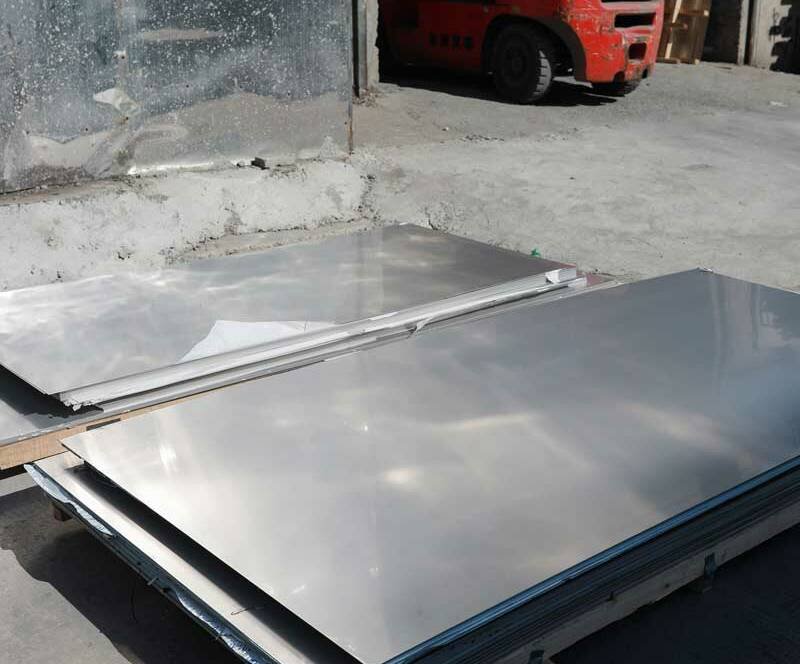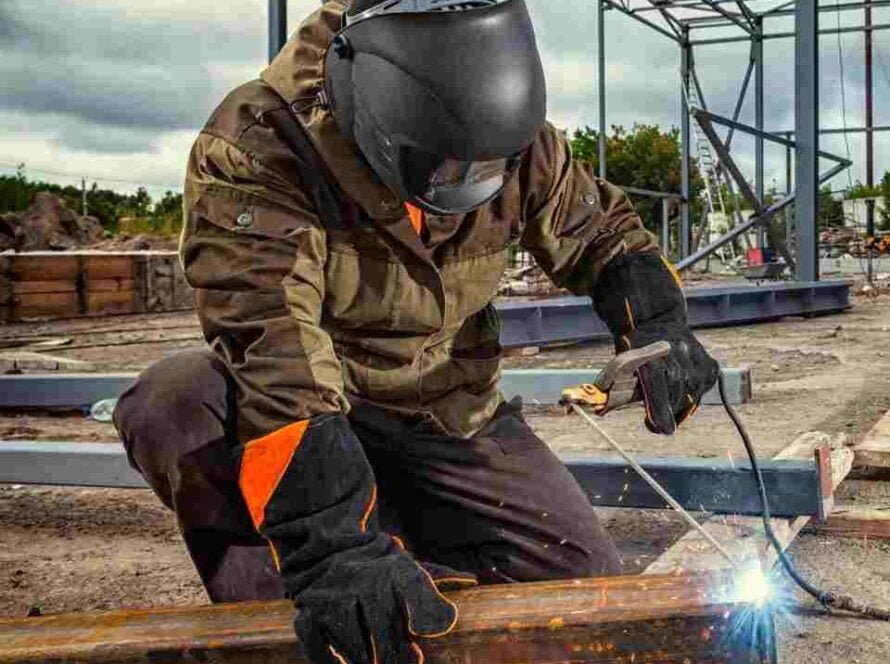
A clear choice between carbon steel and stainless steel hinges on balancing strength, corrosion resistance, cost, and maintenance requirements. Carbon steel, with 0.05–2.1 % carbon, offers superior hardness and tensile strength but is prone to rust without protective measures. Stainless steel, defined by a minimum of 11 % chromium—and often enriched with at least 8 % nickel—forms a passive oxide layer that imparts exceptional corrosion resistance. While carbon steel is more affordable due to its simpler alloying, stainless steel’s low upkeep and hygienic finish make it ideal for environments exposed to moisture or food processing SteelProMead Metals, Inc.. This guide examines their compositions, mechanical properties, applications, and care, helping both industry professionals and DIY enthusiasts select the best steel for their needs.
Composition and Material Characteristics
Carbon Steel Composition
Carbon steel is an alloy of iron with carbon content ranging from 0.05 % to 2.1 % by weight, with higher carbon levels yielding increased hardness and strength at the expense of ductility. It may also contain trace manganese, silicon, sulfur, and phosphorus, but excludes alloying elements above minimal thresholds.
Stainless Steel Composition
Stainless steel distinguishes itself by containing at least 11 % chromium, which forms a chromium-oxide film for corrosion resistance, and often 8–10 % nickel to enhance formability. Additional molybdenum—up to several percent—in grades like 316 further boosts resistance to pitting in chlorinated environments .
Mechanical Properties
Strength and Hardness
- Carbon Steel: Typical carbon steels exhibit an ultimate tensile strength of around 540 MPa and a yield strength of 415 MPa, with Rockwell B hardness near 84 HRB ezlok.com.
- Stainless Steel (304): AISI 304 stainless steel has a yield strength of approximately 215 MPa and elongation at break of about 70 %, making it ductile but generally less strong than high-carbon variants.
Toughness and Ductility
Carbon steel’s toughness decreases as carbon increases, leading to brittleness at high contents, whereas stainless grades maintain good ductility and impact resistance even at elevated temperatures.
Corrosion Resistance
- Carbon Steel: Susceptible to oxidation and rust in humid or saline environments unless coated with paint, oil, or varnish.
- Stainless Steel: Forms a self-healing chromium-oxide barrier that shields the substrate from further oxidation, requiring minimal preventative treatment.
Cost and Workability
- Cost: Carbon steel is generally 20–50 % cheaper than stainless steel due to simpler smelting and fewer alloying elements.
- Fabrication: Carbon steel is more readily machined, welded, and formed; stainless steel demands higher tool hardness and welding expertise to manage its work-hardening tendencies .
Industrial Applications
Carbon Steel in Industry
Carbon steel’s high strength and affordability make it the backbone of structural I-beams, machinery frames, and automotive parts, where protective coatings mitigate corrosion.
Stainless Steel in Industry
Stainless steel dominates in food processing equipment, pharmaceutical plants, and medical devices, as its sanitary surface and corrosion resistance comply with strict hygiene standards.
Personal and DIY Applications
Carbon Steel for DIY
High-carbon steel is prized by hobbyists for forging knives and edged tools due to its ability to take and hold a razor-sharp edge after heat treatment Instructables. It’s also used in home structural projects with proper sealing.
Stainless Steel for DIY
Stainless steel is the go-to for kitchen utensils, cookware, and outdoor furniture, balancing aesthetics, ease of cleaning, and resistance to staining or pitting.
Maintenance and Longevity
- Carbon Steel Maintenance: Demands periodic coating, oiling, or seasoning to prevent surface oxidation; any signs of rust should be promptly removed and re-sealed.
- Stainless Steel Maintenance: Generally rinse clean and dry to avoid water spots; vigorous polishing restores luster, and staining is rare without chemical exposure.
Conclusion
Selecting between carbon steel and stainless steel depends on performance priorities: carbon steel excels in raw strength, hardness, and cost-efficiency but needs vigilant rust prevention, making it ideal for heavy-duty structural and cutting applications. Stainless steel offers unmatched corrosion resistance and low upkeep, at a higher price point, suiting environments where hygiene and longevity outweigh ultimate strength. Understanding these trade-offs ensures you choose the optimal steel for industrial projects or personal craftsmanship.




